-
 9 min. read
9 min. read
-
 Macy Storm
Macy Storm Senior Content Creator
Senior Content Creator
- Macy is a marketing writer with over five years of experience creating content for dozens of industries including food and beverage, home services, and education. She also specializes in creating SEO and PPC content. Her work has been featured by Search Engine Journal, HubSpot, Entrepreneur, Clutch, and more. In her free time, Macy enjoys trying new crafts and reading comic books.
What is gated content?
Gated content is valuable information or resources that are only accessible to users who provide their contact information, helping businesses generate leads and build relationships with potential customers.
As you create content for your site, you may feel as though you’ve developed some pieces that took a lot of time and effort to create, so you want to get more out of them. So, you start searching around and come across the term “gated content.” So, what is gated content? Should you use it?
We’ve got answers to those questions and more. On this page, we’ll answer questions like:
- What is gated content?
- What’s the difference between gated content and ungated content?
- What are some examples of gated content?
- What are the pros and cons of gated content?
- How do I use gated content?
Keep reading to get everything you need to know about gated content, and subscribe to Revenue Weekly to get the latest tips and tricks on creating impactful content for your website!
What is gated content?
Gated content is online material that requires users to fill out a form to access the document. These forms typically ask for basic personal information, like name and email address. Gated content generally takes the form of white papers, guides, and product demos.
What’s the difference between gated content and ungated content?
Now that you have the answer to “What is gated content?” you’re probably wondering what the difference is between gated and ungated content.
Let’s look at gated content vs. ungated content to help you see how these two content types are different.
| Feature | Gated Content | Ungated Content |
| Access | Requires submitting information to access | Allows free access |
| Purpose | Lead generation | Lead generation & Brand awareness |
| Exposure | Less exposure because it requires submitting information | More exposure because it can be accessed freely |
Gated content
Gated content is content that requires information for someone to view, read, or watch it. The purpose of this content is to generate leads for your business. You obtain leads by having them submit their information, so you can contact them in the future, like through email marketing.
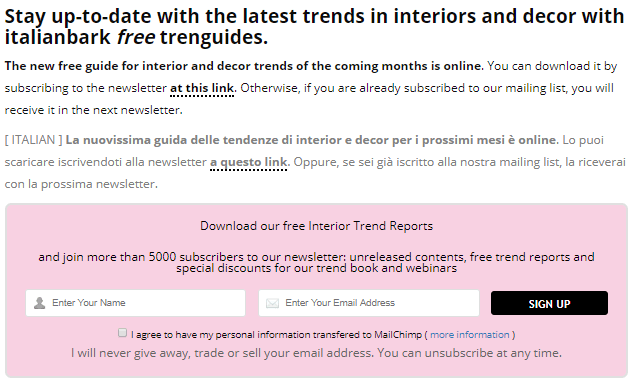
When you look at gated content vs. ungated content, you’ll find that gated content has less exposure. Since users are required to share information, some will bounce off and leave the page because they don’t want to provide information. As a result, fewer people will see gated content.
Ungated content
Ungated content is material that doesn’t require anybody to submit information to access it.
If a user visits the website with the content, they can read or watch it immediately. This content can sometimes have a voluntary sign-up to get more content, but it doesn’t bar users from reading the original content.

As you look at gated content vs. ungated content, you’ll find that ungated content has more views and traffic because it’s free to access. Ungated content can focus on lead generation, but generally, it focuses on brand exposure.
Examples of gated content
Let’s look at a few examples of gated content.
1. Self-Publishing School
Self-Publishing School offers a book called “Published,” which provides people with information on how to become a published author. This content comes in a PDF, audiobook, and physical copy format.
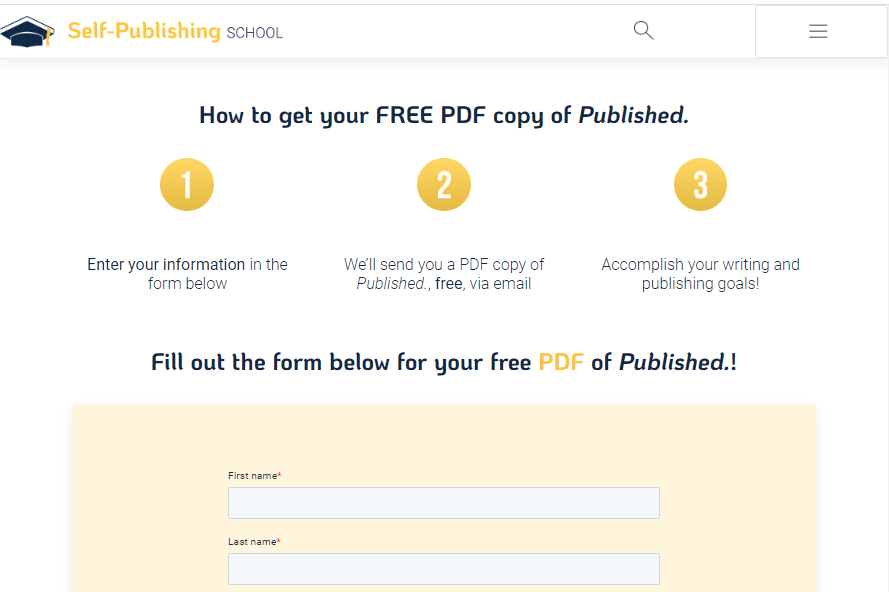
Regardless of the format, people must fill out the form to get a copy of the content. Having to fill out the form makes it a prime example of gated content.
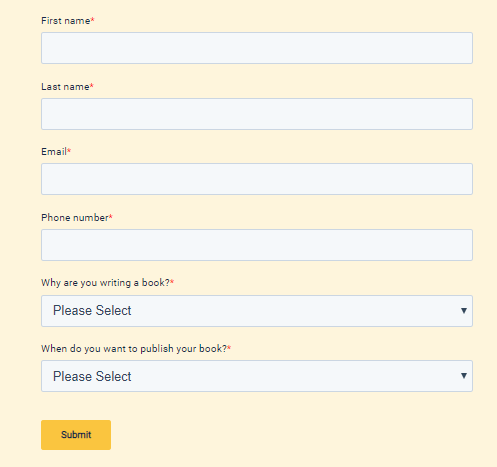
2. Bplans
Bplans is a hub for information about how to start and run a business. They offer a free business startup guide that helps new business owners do everything, from identifying customers to estimating startup costs.
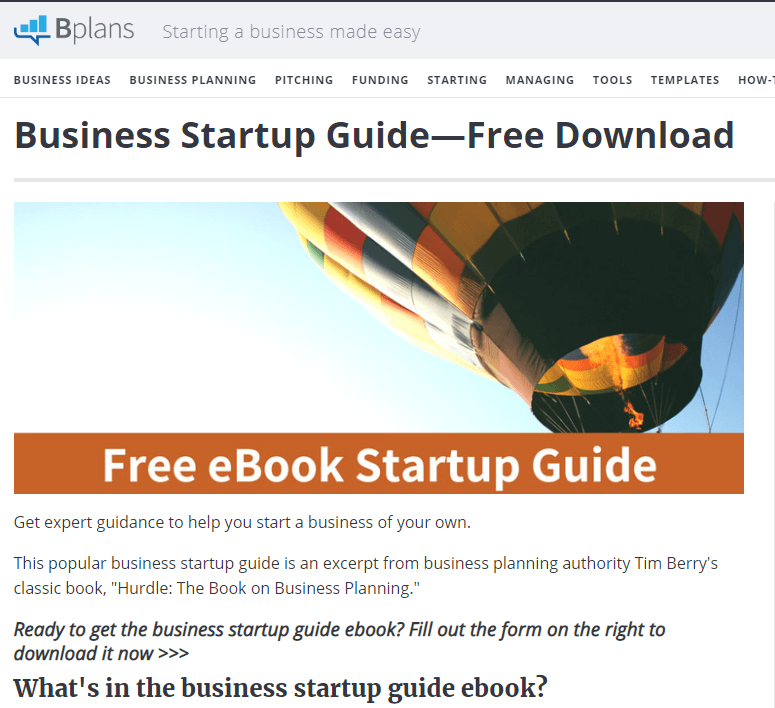
To access this guide, you must fill out your information to download it, making it gated content.
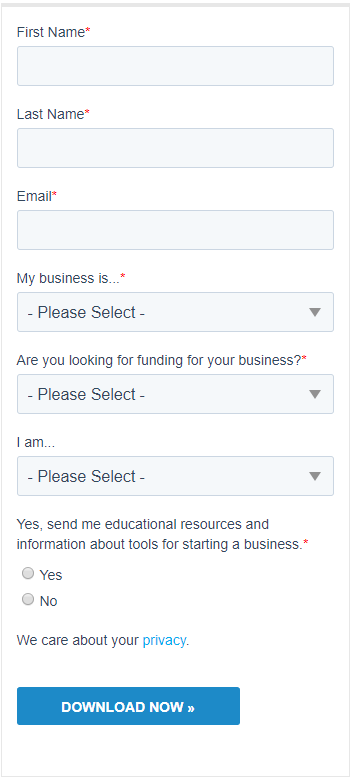
3. LinkedIn Learning
LinkedIn Learning offers numerous courses to help people advance their careers. From decoding body language to learning how to do photography, these courses help people gain valuable knowledge.
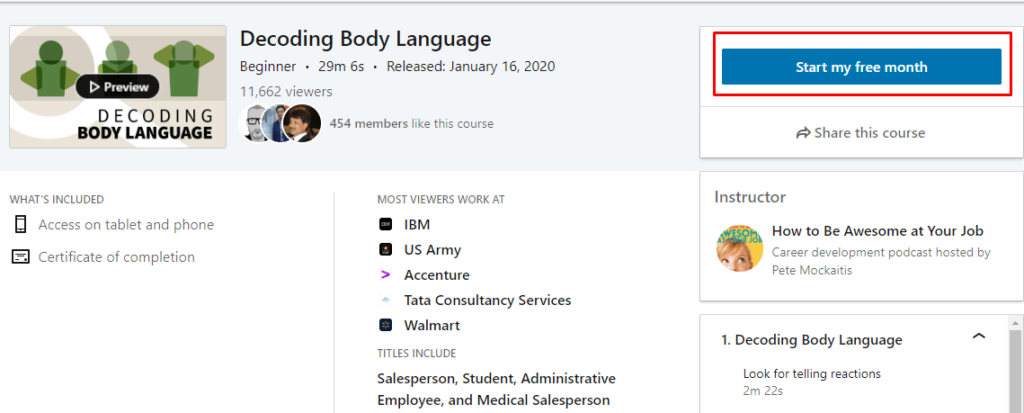
To access this information, users must sign up for a free trial.
Pros and cons of gated content
Now that you know a little more about the gated content meaning, you may be wondering about the benefits and drawbacks of using gated content. Here is a quick pro and con list to help you analyze the positives and negatives of using gated content.
Pros of using gated content
Here are some advantages of using gated content:
- Learn more about what kind of content your audience likes
- Obtain high-quality leads for your business
- Get a return on valuable content, like a lead that becomes a sale
Cons of gated content
Here are some cons of using gated content:
- Creates a barrier of access for your audience, which can push them away
- Decreases the number of people that see your content
- Poses some indexing challenges because it doesn’t get indexed as easily by search engines
Even though gated content has some drawbacks, that doesn’t mean you shouldn’t use it. The important part is that you know when to use gated content, which brings us to the next section.
How to use gated content: 3 best practices
Now, let’s dive into some gated content best practices so you can use gated content effectively!
1. Determine your objective
The first step of how to use gated content is to determine your objective. When you create content, you must specify the purpose of the material. What are you hoping to achieve by putting this content out to your audience?
If your objective is to build brand awareness, don’t gate your content.
If your objective is to obtain leads, gate your content.
When building brand awareness, you want as many people as possible to see your content. If it’s gated, they won’t be able to see it and may bounce from the page, especially if they’re unfamiliar with your company. On the other hand, if you’re creating content with the intent to capture leads, gating your content is a great way to get their information, especially if you’ve done the work of creating brand awareness and establishing trust.
2. Look at your competition
When you’re debating about gated vs. ungated content, you’ll want to look at your competition. Before you decide to gate a piece of content, you want to see if competitors have similar content. It’s essential to determine if your competition has similar content and how they give it to their audience.
So, for example, let’s say you create a guide to building your credit score, and you want to gate it. You look at your competition and see that they have a similar piece of content.
If it’s ungated content, you may not want to gate your content. Unless your content has more value than your competition, you will risk losing leads to your competition because their content is free.
If it’s gated content, you have two options. You can gate your content like your competitors. Or, you could make your content ungated to help drive more traffic to your content, but that will depend on your objective.
To know how to use gated content properly, you need to look at your competition.
Understanding your competitors will help you determine whether to use gated or ungated content.
3. Figure out where your audience is in the sales funnel
The last of the gated content best practices involves figuring out where your audience is in the sales funnel. Your sales funnel is the process your audience goes through to become a sale for your business. It’s typically broken down into three stages:
- Awareness: Prospects discover your business and learn what you have to offer them.
- Consideration: Prospects start to see you as a viable option or solution to their problem.
- Decision: Prospects decide whether you are the best option for their needs.
It’s important to understand where your content falls in the sales funnel, so you can determine if you should gate your content. So, for example, if you have a piece of content that’s meant for the awareness stage, you don’t want to gate it. People aren’t familiar with your business yet and may not feel comfortable enough to submit their information, which can deter them from the page.
At the awareness stage, it’s best to have ungated content, so leads can get to know your business. As for the consideration and decision stage, you can use gated content to attract leads. At these stages, your audience is either weighing their options or ready to decide.
Having gated content could help you capture these leads and send them follow-up information that turns them into sales for your business.
93% of WebFX customers are extremely satisfied with their digital marketing results.
“Working with WebFX, everything is very organized and strategic. We’re only a year into our partnership, and our expectations have definitely been met.”
View More Client Testimonials
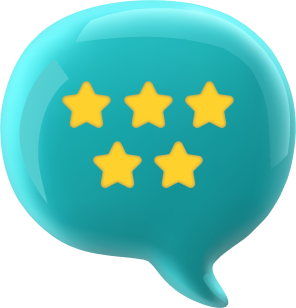
Get more leads with your gated content today
It can be tricky to know how to use gated content and determine when it’s appropriate to gate your content. If you aren’t sure how to create gated content that works effectively for your business, WebFX is here to help. With our team of over 500 experts, we can help you create valuable gated content that helps you earn more leads for your business.
We’ve driven over $6 billion leads for our clients in the past five years, and we can help you gain valuable leads, too. Give us a call today at 888-601-5359 (or contact us online) to speak with a strategist about how our content marketing plans will help you create valuable gated content!
-
 Macy is a marketing writer with over five years of experience creating content for dozens of industries including food and beverage, home services, and education. She also specializes in creating SEO and PPC content. Her work has been featured by Search Engine Journal, HubSpot, Entrepreneur, Clutch, and more. In her free time, Macy enjoys trying new crafts and reading comic books.
Macy is a marketing writer with over five years of experience creating content for dozens of industries including food and beverage, home services, and education. She also specializes in creating SEO and PPC content. Her work has been featured by Search Engine Journal, HubSpot, Entrepreneur, Clutch, and more. In her free time, Macy enjoys trying new crafts and reading comic books. -

WebFX is a full-service marketing agency with 1,100+ client reviews and a 4.9-star rating on Clutch! Find out how our expert team and revenue-accelerating tech can drive results for you! Learn more
Try our free Marketing Calculator
Craft a tailored online marketing strategy! Utilize our free Internet marketing calculator for a custom plan based on your location, reach, timeframe, and budget.
Plan Your Marketing Budget
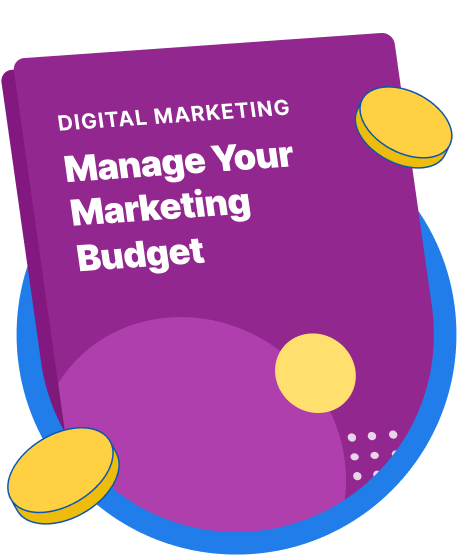
Maximize Your Marketing ROI
Claim your free eBook packed with proven strategies to boost your marketing efforts.
Get the GuideTry our free Marketing Calculator
Craft a tailored online marketing strategy! Utilize our free Internet marketing calculator for a custom plan based on your location, reach, timeframe, and budget.
Plan Your Marketing Budget




